A clean refrigerator is more than just a nice-to-have—it helps prevent odors, protects your food from contamination, and makes your kitchen feel more organized. If you’ve got sticky shelves, mystery smells, or cluttered drawers, this guide will walk you through the best way to deep clean your refrigerator from top to bottom.
Supply List
Clear It Out and Plan Ahead
Start by removing all the food from your fridge. For the most efficient clean, time your deep clean just before grocery day so there’s less food to move. As you empty each shelf, check expiration dates and toss anything that’s spoiled or questionable. Store remaining food in a cooler to keep it fresh during the process.
A helpful pro tip: snap a quick photo of your fridge layout before removing the shelves and drawers. It’ll make reassembly a breeze. Fridge interiors can feel like puzzles, and it’s easy to forget how everything fits back together.
Remove Shelves and Let Them Come up to Temp
Take out all removable parts—drawers, shelves, bins—but avoid rushing them straight into warm water. If they’re made of glass, let them sit out and warm to room temperature first to prevent cracking. Glass exposed to sudden temperature changes is prone to shattering.
Fill your bathtub or a large tub with warm water, a couple of teaspoons of dish soap, and about two cups of white vinegar. Let the shelves soak for 20–30 minutes or longer for extra grime. If needed, soak plastic pieces first while glass ones warm up.
Clean the Inside of the Fridge
While shelves soak, focus on the fridge interior. A DIY cleaner of equal parts vinegar and water plus a teaspoon of dish soap works wonders. Vinegar naturally neutralizes odors and breaks down grime without harsh chemicals.
Spray the entire interior and let the solution sit for a few minutes if it’s heavily soiled. Use a non-scratch scrubber like a Scrub Mommy for sticky or crusty spots. Then follow a three-towel method: one for wiping, one damp cloth to rinse, and one dry microfiber towel to buff for a streak-free finish.
Don’t Forget the Details
Focus on shelf supports, corners, and crevices where spills and crumbs hide. Also, clean the rubber door seals—these are notorious for collecting gunk. Lightly spray a towel with cleaner and run it along the seals to remove hidden grime.
If you have time while shelves soak, wipe down the exterior of the fridge. For painted surfaces, your vinegar cleaner works great. For stainless steel, use a gentler method like mild soap and water followed by a microfiber cloth to avoid streaks.
Scrub, Rinse, and Dry the Components
Once the shelves and drawers have soaked, scrub them clean with a sponge or brush. Most grime will come off easily after soaking. For stubborn areas, spray your vinegar cleaner again and scrub gently.
Rinse each part with clean water and dry thoroughly with a towel. Moisture left behind can lead to smells or mildew, so don’t skip the drying step. This is a great time to enlist help to speed things up and get your kitchen back to normal quicker.
Reassemble and Organize
Using your earlier photo as a reference, reassemble your fridge and return food items to their proper places. This is the perfect opportunity to reorganize with food zones or bins for produce, condiments, or snacks.
To help prevent future messes, use fridge liners or small trays to catch spills. A little planning here can make future cleanups much easier.
Tips for Keeping Your Fridge Clean Longer
Wipe up spills immediately before they turn sticky. Check expiration dates weekly to avoid buildup of spoiled items that can cause odors. Before grocery runs, give the fridge a quick wipe-down to maintain your clean.
And of course, don’t forget the classic trick: place an open box of baking soda in the fridge to absorb odors. Replace it every three months for best results.

